
You may have heard of the Rhone Valley in France; however, if you’re thinking of this as one place serving similar wines you’d be very mistaken. This was the major focus of my previous sommelier certification course with the Sommelier Society of America. — the differences between Northern and Southern Rhone.
When I walked in I was pleased to not only see eight wine tastings beckoning me to sit down, but also that Stephanie Frederick, our instructor for the previous France-focused classes and probably the most knowledgeable wine professional I’d ever met, would be teaching today. I mentally prepared for an information-filled two hours of wine education.
Blind Tasting
We started the class off with a blind tasting — which, ironically, was not from the Rhone, but was more so that we could practice our blind tasting skills for the final exam. It was a full-bodied red with high tannins — although no back palate astringency — and notes of red fruit like dry raspberry and notes of cinnamon and clove. The heat combined with the thick legs running down the side of the class indicated high alcohol levels, which made the wine taste sweeter than it actually was and also gave me some clues as to what it might be. Typically, high alcohol wines can be associated with the New World, as it points to a warmer climate (Old World tends to be medium alcohol). It also helps to create a fuller bodied wine. Looking at the dark, almost black, color of the wine also provided a hint, as there are only a few black grapes, mainly Syrah, Petite Verot and Cabernet Sauvignon.
I would be lieing if I said I guessed correctly, but hearing Ms. Fredericks go over how she came to her conclusion made sense. It was a Shiraz from McLaren Vale, Australia. For those who had guessed it was a Shiraz from the Rhone — mainly because it was the class topic — we later on tasted a 2011 Domaine des Entrefaux Crozes-Hermitage that was much, much earthier. So earthy, in fact, you could almost smell the dirt. That’s what you can expect with a Rhone, or Old World, Shiraz.
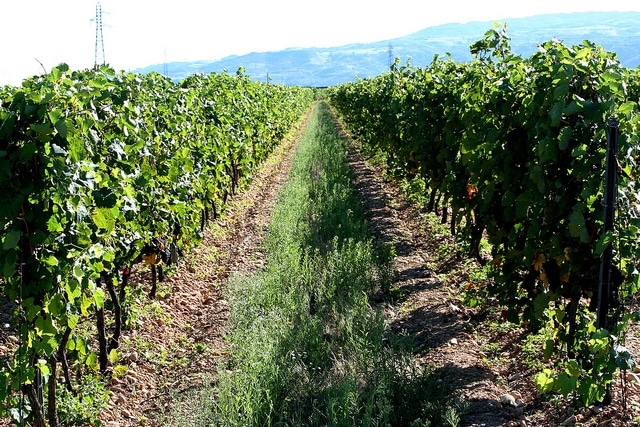
The Rhone Valley: North vs South
In France‘s Rhone Valley you’ll find 98% of the wines are either red of rose, although a few whites here and there. As stated above, Northern and Southern Rhone are extremely different from each other in climate, soil, grape varietals, terroir and soil, leading to very different wines.
While the Northern Rhone’s steeply terraced hillside and granite soil mixed with stone, shingle and clay and produces only a few grape varietals — mainly Syrah and Viognier — and sells single varietal wines, Southern Rhone is much flatter and is known for its blends of many different grapes. It’s also worth pointing out that despite the fact Northern Rhone is much smaller in size — it makes up less than 10% of the Rhone Valley — you’ll typically get a much better quality, with everything being done by hand as machines can’t maneuver the terraced landscape. Vines are also situated closer to the river, with a continental climate, great sun exposure and shelter from bitter mistral winds.
In Southern Rhone, the climate goes between continental and Mediterranean, with mild winters and hotter summers. Unlike in Northern Rhone, they’re barely protected from the mistral winds, although after the vines suffer they’re often cooled down which allows for a higher acidity, as well as an intensity in flavor due to the ice the wind produces (similar to ice wine).
If you want to differentiate Northern and Southern Rhone in terms of grapes, Northern Rhone is the “spiritual home of Syrah,” as Ms. Fredericks put it, and Southern Rhone is largely influenced by Grenache. That’s not to say that other grapes don’t grow in either of these areas, but these are the dominant varietals.
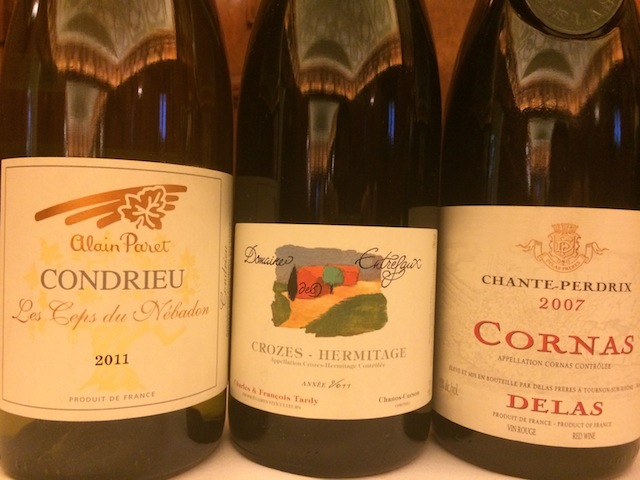
Northern Rhone: The Wines
In Northern Rhone there are six types of wines you’ll find. First is the Côte Rôtie, which means “roasted slope,” made with Syrah with notes of raspberry, spice, coffee, truffles, violet and chocolate. With a decadent description like that, there’s no wonder Côte Rôtie tends to be expensive, but worth it.
Next is Condrieu, which only permits the use of Viognier grapes — which, interesting, almost went extinct at one time due to its low yielding tendency and easily destructible nature. At its peak, Viognier produces delicious notes of peach and honey; however, if the grapes are picked when too ripe the wine loses its acidity and will have a bubblegum scent.
Another wine you’ll find in Northern Rhone is Cornas, where only Syrah is produced. Because of its intense heat the wine is leathery and earthy, reminiscent of a fine Bordeaux. Keep in mind, this wine is meant to be aged for seven to 10 years, at which point it will open up and reach its full potential.
Saint-Joseph, Crozes-Hermitage and Hermitage are all wines that make use of Syrah, Marsanne and Roussanne, and are typically of very high quality. Interestingly, in Victorian Times Hermitage was “the wine of the world.” It needs a minimum of 10 years in a cellar, although reds can be aged for 50+ years and whites for 25+. While this wine is a bit pricey with bottles starting at $60, you’ll literally be savoring a bit of French heritage. Note: Don’t get this confused with Crozes-Hermitage, which is typically ready to drink when released.

Southern Rhone: The Wines
While Northern Rhone is known for having the higher quality wines, Southern Rhone still has its fair share of noteworthy options. Châteauneuf-du-Pape is the most southern appellation in Southern Rhone, growing Grenache, Syrah, Mourvedre, Clairette, Grenache Blanc and Cinsault. It is the reds produced here that are often considered synonymous with Southern Rhone, veering from the typical high alcohol, very sweet, low acid, easy-drinking wines that come from a Mediterranean climate, but instead tend to be dense, bold, earthy and often gamey and wild from the Mourvedre. Some of the best producers in this region include Domaine du Pegau, Font de Michelle and Chateau Beaucastel, to name a few.
Côtes du Rhône and the Côtes du Rhône Villages is the largest appellation of the Rhone, making up 4/5 of the region. While they make a number of great wines — mainly in dry form — because this area is not a single place, but instead is very spread out, you’ll get an array of terroirs and qualities. Some of the top quality Côtes du Rhône wines include Rasteau, Château de Beaucastel and Jean-Luc Colombo.
In Vacqueyras and Gigondas, Grenache, Syrah and Mourvedre are the main grapes. Despite having the same grapes and being located near to each other, the wines of these appellations do differ slightly. While Vacqueyras are bold and lean toward Syrah, Gigondas tend to be more rustic and almost chewy with a focus on Grenache and lots of raspberry, spice and leather.
In Lirac you’ll find these grapes, as well as Cinsault. The wines here are typically full-bodied reds offering decadent flavors of cocoa and dark fruits. And for those who enjoy rose, Tavel is the place for you. Using Cinsault and Grenache, the appellation produces a high alcohol rose wine with notes of berry and spice and a bone-dry finish. If you’re used to mass-produced roses — I’m looking at you Beringer White Zinfandel — you’ll be very surprised by this wine.
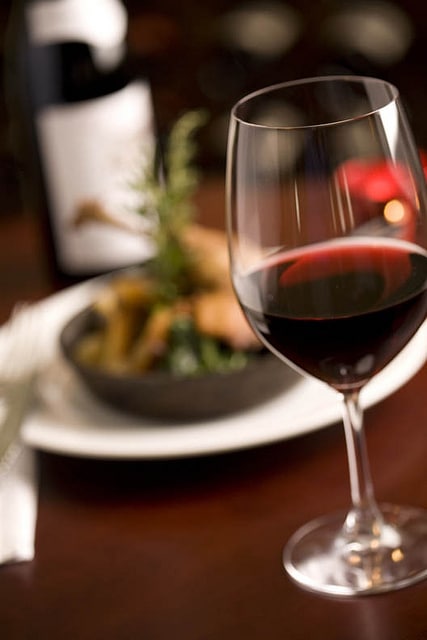
A Sad State Of Affairs
Despite the fact France produces some — if not the — world’s best wines, consumption of French wine is going down. There are a few reasons for this.
According to Ms. Fredericks, there are only two places in the world where wine consumption is going up: the United States and the United Kingdom. These are places where the wine culture is just beginning to flourish. But while the U.S. market tends to choose Italian wines, the U.K. market typically opts for Australia. For many, French wine labels — which aren’t organized by grape varietal but by region, producer, estate and appellation — are confusing. Moreover, because the French social system requires them to pay their workers more than many other places they have to charge more. And for many French winemakers, the job of making wine was passed down through family tradition, not made possible by an investor or bank loan, leading to little to no marketing budget. These winemakers work tirelessly, draining their heart and soul to create a product that will make you understand why people would spend over $60 on a drink. Sadly, the majority of consumers in the growing wine markets don’t even know these winemakers exist.
“What a sad state of affairs we live in,” sighs Ms. Fredericks, her shoulders slumped in dismay. “We’re becoming a world of high pressure marketing. When you have the chance, go with the little guy who makes good wine but doesn’t have the marketing budget of Yellowtail.”
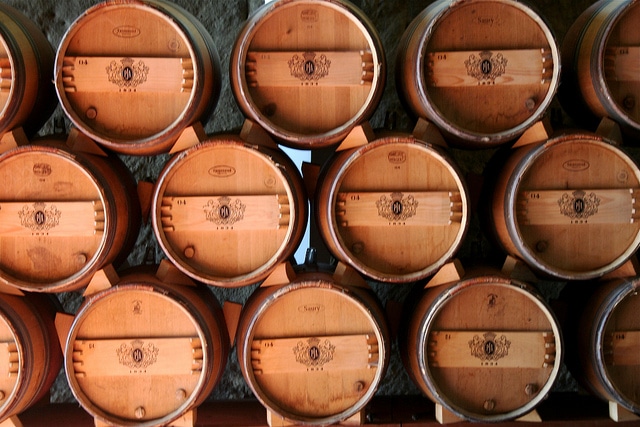
A Taste Of The Rhone
Luckily, I do know about these producers, and because I’m furthering my wine education I get to sample them first-hand. Along with the above-mentioned Domaine des Entrefaux Crozes-Hermitage, we sampled an array of other Rhone Valley wines. As I was curious about the Viognier as it’s so difficult to grow, I was excited to try a 2011 Alain Paret Condrieu, which was crisp peach on the nose and a strong minerality — a clue that points to the Old World. While the wine was on the pricier side at $70 a bottle, the balance and beautiful acid of the wine makes it well-worth the cost.
It was interesting afterward to try another Viognier that was strikingly different, a 2010 Xavier Gerard. This wine showed less minerality, was a bit fatter on the palate and, although pleasant, was less complex. It also had a hint of bubblegum on the nose, which, as stated above, is a sign of ripe Viognier.
Another notable wine was the 2011 Vidal-Fleury Cotes du Rhone, an easy-drinking and diversely pairable wine with strawberry notes — typical of Grenache — and a hint of banana, which signifies carbonic maturation.
A 2010 Les Vignerons Reunis Chateauneuf-du-Pape showcased the Grenache grape well, with lots of complex strawberry, some added spice on the nose, and a sweet attack with a bone dry finish. The sweetness of the wine was also heightened by the high alcohol content, which was from the Grenache — a high alcohol grape — as well as the warm climate, which ripens the grapes and gives yeast more sugar to munch on.
Finally, a 2012 Les Lauzeraies Tavel Rose allowed me to explore the rose wine Tavel — touted as one of the top three rose regions in the world — is so famous for. It was a dry rose and had ripe fruit flavors of strawberry, cherry and red currant and a bit of spice.
Want more wine? This article has been part of an Epicure & Culture original series, Sommelier Certification.
Have you ever visited the Rhone Valley or have a favorite Rhone Valley wine? Please share your insights in the comments below.
Jessica Festa
Latest posts by Jessica Festa (see all)
- A Culturally-Immersive Adventure In Mongolia’s Altai Mountains - Jul 8, 2023
- This Recipe Sharing Platform Supports Women In The Culinary Industry (Labneh Recipe Included!) - Nov 5, 2020
- Hiking The Mohare Danda Community Eco-Trek In Nepal - Jun 3, 2020
- 6 Important Questions For Choosing A Responsible Yoga Retreat - May 18, 2020
- How To Create & Grow A Profitable Blogging Business (Ethically) - Jan 18, 2020

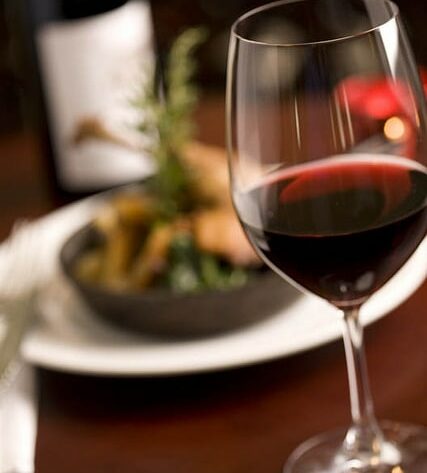
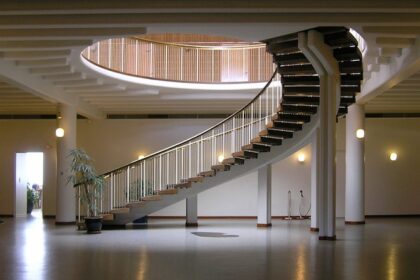
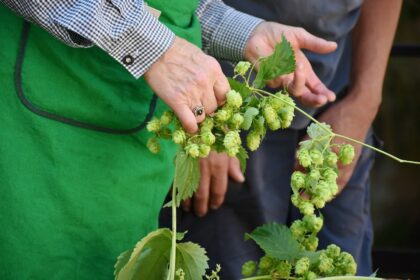
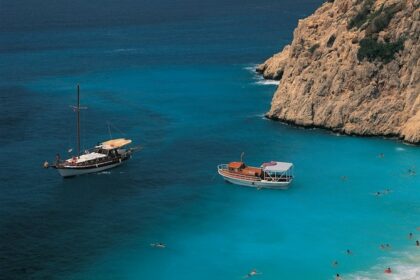
Hi Jessica just found this blog and would like to say thank you. I am taking the Sommelier course and we just finished the Rhone region today. All your sommelier articles are great reviews from class. Any tips for the exam?
@Steve: Just to study…a lot. Flashcards helped me a ton, as did going to different wine bars and having the bartenders do a blind tasting with me. Was a great way to find cool spots in NYC, too 🙂